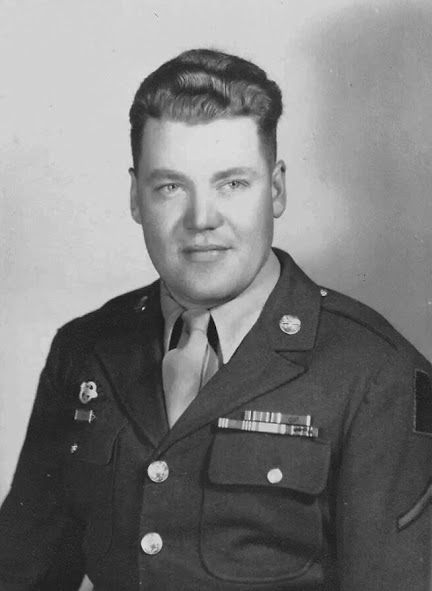It was not an uncommon occurrence that Waffen-SS units operated alongside and with regular German Heer (Army) forces, especially on the Eastern Front. This was often by necessity given the fluidity of the battlefield and what units were available to fill gaps in orders of battle. The photograph shown here illustrates just such an occurrence of close cooperation.
The photograph was taken by Kriegsberichter (war correspondent) Stöpfgeshoff sometime in 1944 during a war game held on the training grounds located in Mailly-le-Camp, France. Stöpfgeshoff was part of Luftwaffe Kriegsberichter Kompanie 3 (Lw KBK 3) which was assigned to Luftflotte 3 (Air Fleet 3) that supported Axis troops in occupied France (to include Vichy France), Belgium, and the Netherlands. While certainly war correspondents that served with the Luftwaffe had a priority to their own, they were by no means restricted to just documenting Luftwaffe forces. The training grounds had been used by the French military since 1902 and by the 1930s, it was exclusively used by French armored forces. Following the fall of France, the Germans occupied the grounds and used it to train their own armored troops.
The central subject depicts a Waffen-SS soldier holding the rank of SS-Unterscharführer which is the equivalent to a U.S. Army sergeant. This determination is made solely by the silver tress on his uniform's schulterstücke (shoulder boards) and the absence of any rank pips on it. As for the uniform itself, he is wearing what is called a “panzerkombi” (literally, “tank suit”) and this is basically a pair of overalls. In this case, the uniform is cut from what collectors today call the “SS-Eich-Platanenmuster” camouflage pattern. It is a combination of two types of Waffen-SS camouflage, “Oak” (“Eich”) and “Plane Tree” (“Platanenmuster”). This camouflage pattern appeared early in 1943 and the “panzerkombi” he is wearing is one of the early makes as it does not have the thigh pocket. Of note is that the entire uniform is reversible from a “spring” side which uses green hues as the dominant colors and a “fall” side in which brown hues are the main colors. He is wearing the black M1938 feldmütze (field cap) on his head. Although difficult to see, he has a pair of binoculars in his hand and a pair of kopfhörer (headphones) over his ears. Although his unit's cuff title is not visible as it was not worn on the “panzerkombi”, he is from the 9. Panzer Regiment, 9. SS-Panzerdivision "Hohenstaufen".
The other two men are part of the elite Panzergrenadier Division Großdeutschland (specifically, 1st. Kompanie, Großdeutschland Panzer Regiment) and this can be told by the “Großdeutschland” cuff title on their right sleeve (visible only on the crewman leaning out of the rear hatch) and the cipher on their schulterstücke. Both wear the typical black panzer uniform consisting of the black panzerjacke (tank jacket, more commonly referred to as the panzer wrap) and black trousers. They also wear the M1938 feldmütze. The pink piping, the waffenfarb (branch color) of panzer troops, does not appear present on the collar of the panzerjacke which suggests a mid- to late war manufacture when it was done away with to simplify construction. It is, however, present around the schulterstücke and the collar tabs. The soldier in the rear hatch looks to have been awarded the Eisernes Kreuz 2. Klasse (Iron Cross 2nd. Class) as evidenced by the ribbon on his lapel.
The tank is a Panzerkampfwagen V Panther and we are looking towards the back of the turret. The tank's commander is in the upper hatch while the other man, likely the tank's loader, is in the turret's circular rear hatch. This is because the gunner sat below and to the front of the commander while the loader was on the opposite side and was nearest the hatch. For the war game, men from 9. Panzer Regiment served as referees and to identify them as such, they wore a white band around their arm. He is listening in to conversations on a Großdeutschland radio communications network, discussing an outcome of an engagement, or receiving instructions from higher command.




